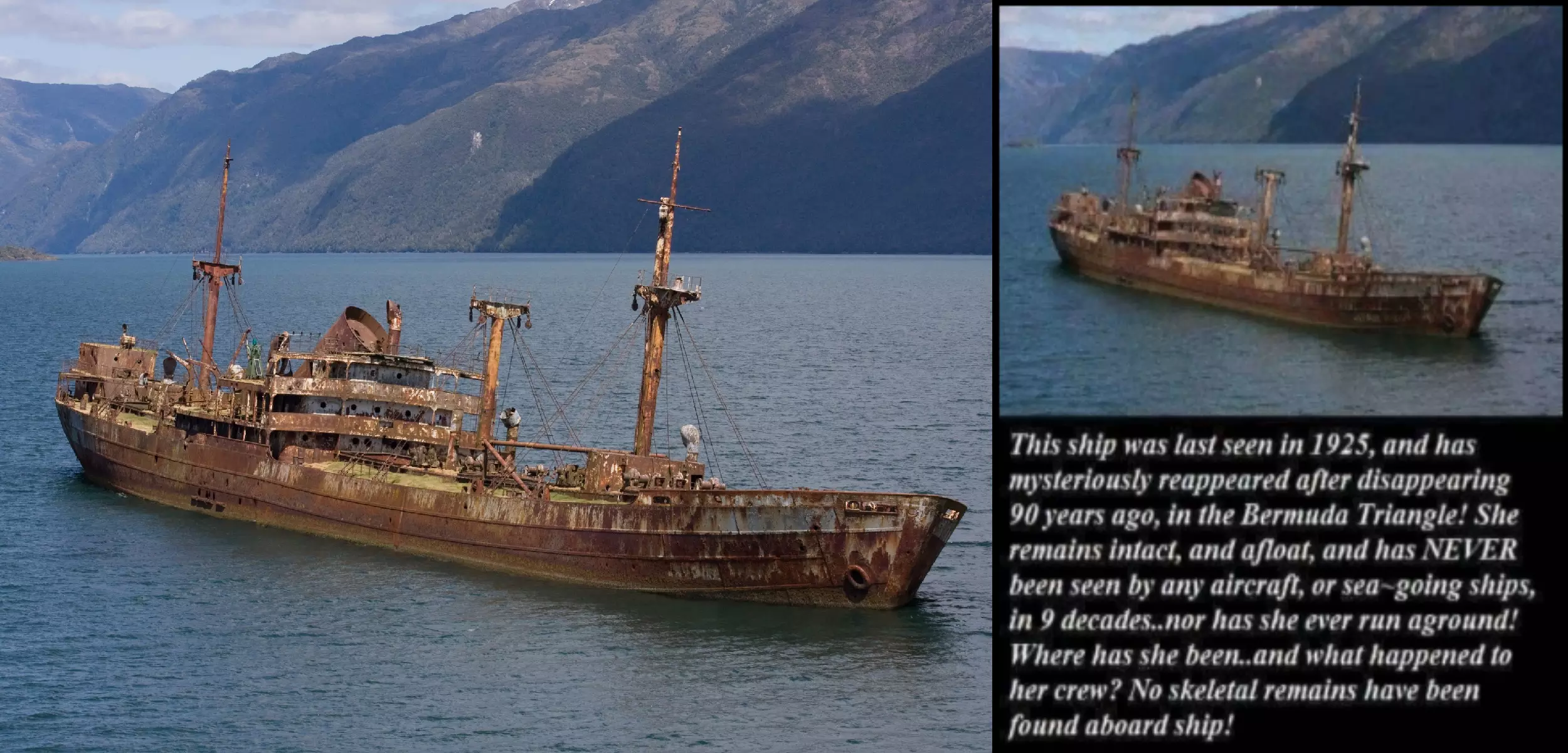Better . Do one minutes research you lazy bugger
- The long-lost SS Cotopaxi has been found after having gone missing nearly a century ago.
- The vessel was on a trip from South Carolina to Cuba when it disappeared after it encountered a storm.
- New research and analysis of the ship's records discovered that a distress signal—which had previously gone unnoticed—was sent on December 1, 1925 and included ship's location.
In late November 1925, the shipping vessel
SS Cotopaxi, named after the Cotopaxi volcano in Ecuador, set off from Charleston, South Carolina, and made its way toward Havana, Cuba with its hold full of coal. Two days later, the steam-powered ship encountered a fierce storm 35 miles off the coast of St. Augustine, Florida, and simply vanished. All 32 people onboard, both captain and crew, were lost and the ship was never found.
Nearly a century later, Marine biologist Michael Barnette teamed up with Guy Walters, a historian, to finally solve the mystery of the missing
Cotopaxi for a new Science Channel show called
Shipwreck Secrets. But it turns out that this unlucky coal ship actually turned up 35 years ago—and no one realized it.
Using ship records from the
Cotopaxi's insurance broker, Barnette and Walters found a previously unknown piece of evidence: the vessel had sent a distress signal that included its position on December 1, 1925. That location was pretty close to a local shipwreck 35 nautical miles off the coast of St. Augustine, Florida, nicknamed "Bear Wreck."
Barnette and Walters sought input from the St. Augustine Lighthouse and Maritime Museum and diver Al Perkins to confirm their theory: Was Bear Wreck actually the long-lost
SS Cotopaxi?
er, Joe Citelli, traveled to St. Augustine and dove to the site of the wreckage. But according to a Discovery Channel news release, Barnette and Citelli's dive "did not produce any corroborating evidence."
Not to be deterred, Barnette reached out to Al Perkins, who had been a long-time diver in the area and occasionally collected souvenirs he found while underwater. Barnette studied the dimensions of the
Cotopaxi to positively identify that the vessel and Bear Wreck were one and the same.
Barnette told
HuffPost that he also "looked at the general orientation of the machinery" at the Bear Wreck site to be sure that "it was all consistent with the information we knew about the
Cotopaxi."
After more research and further analysis of the distress signal, Barnette and his team deduced that Bear Wreck was in fact the
Cotopaxi.